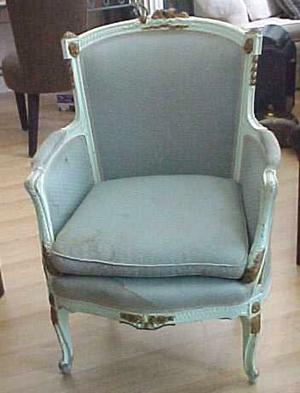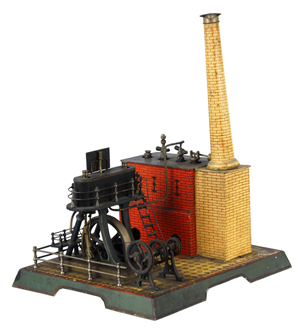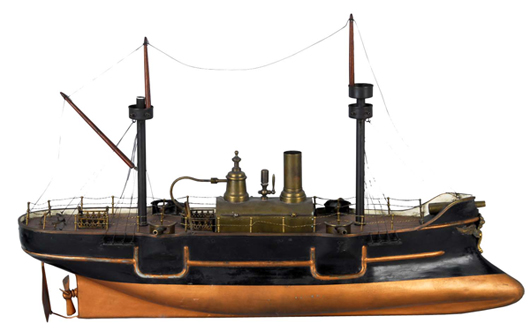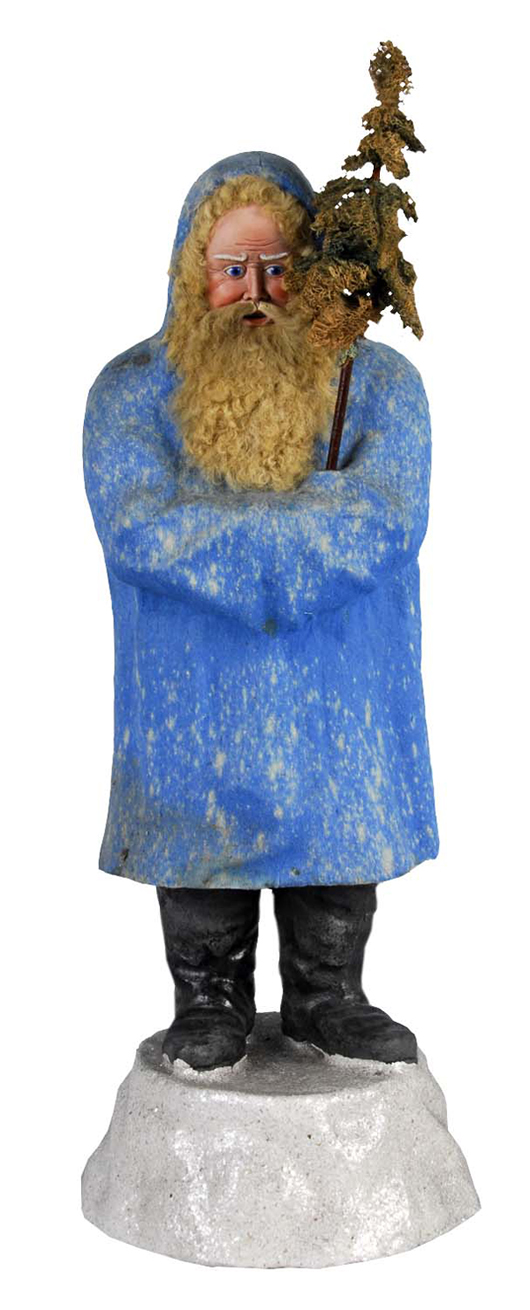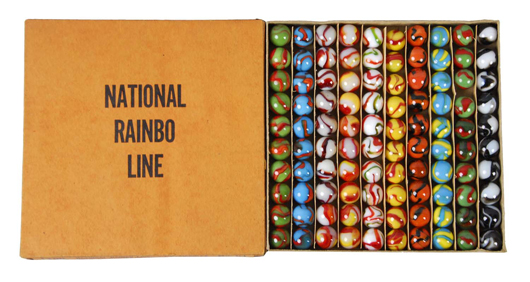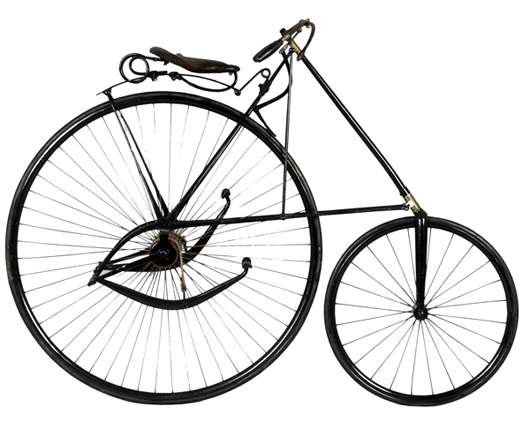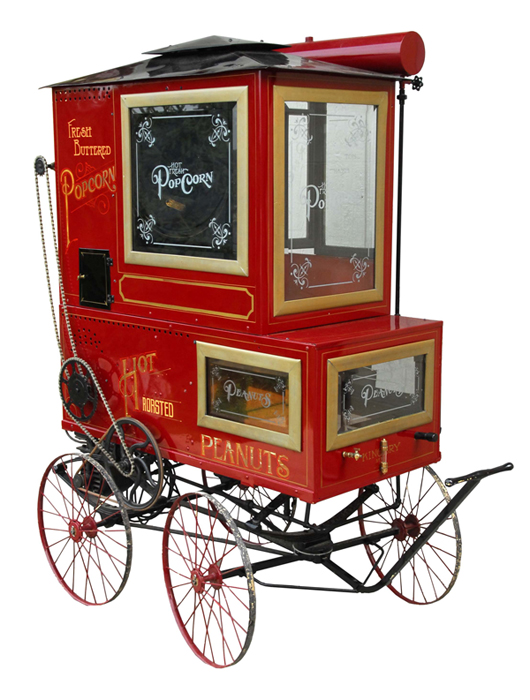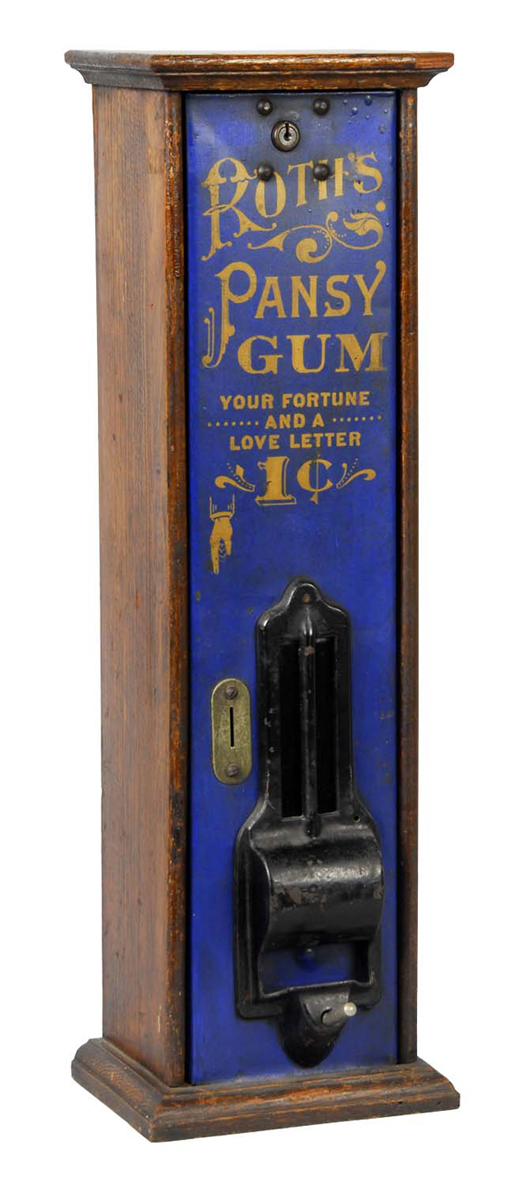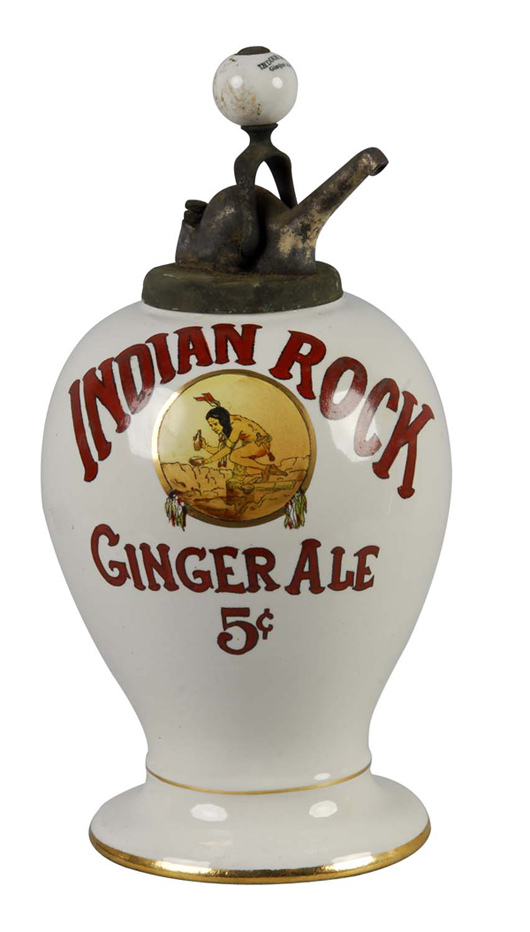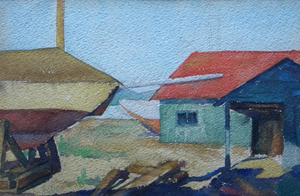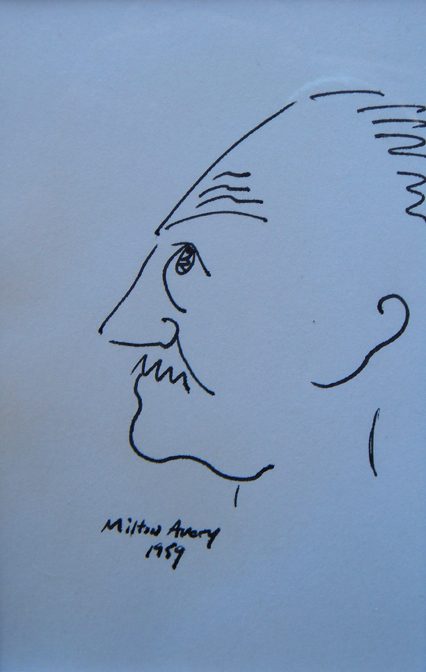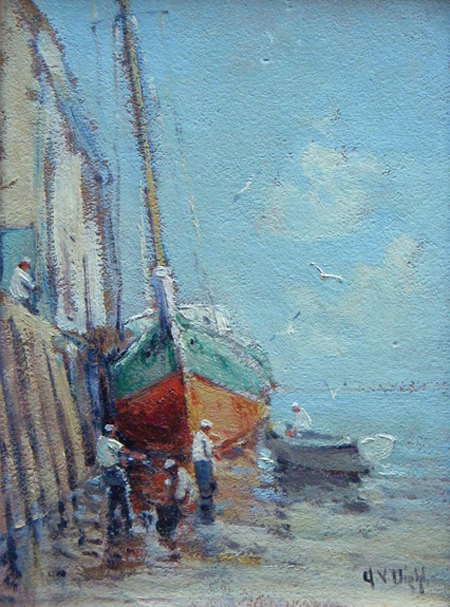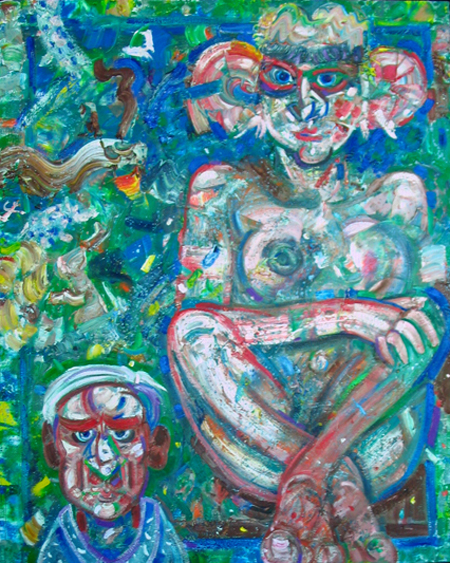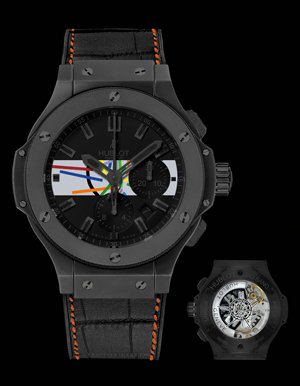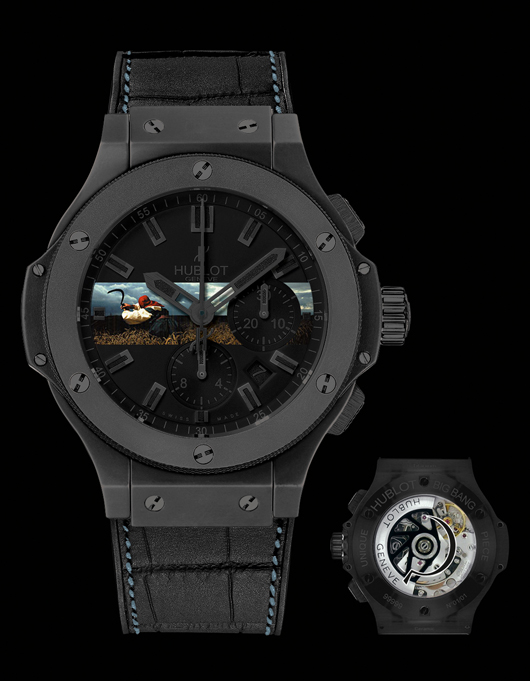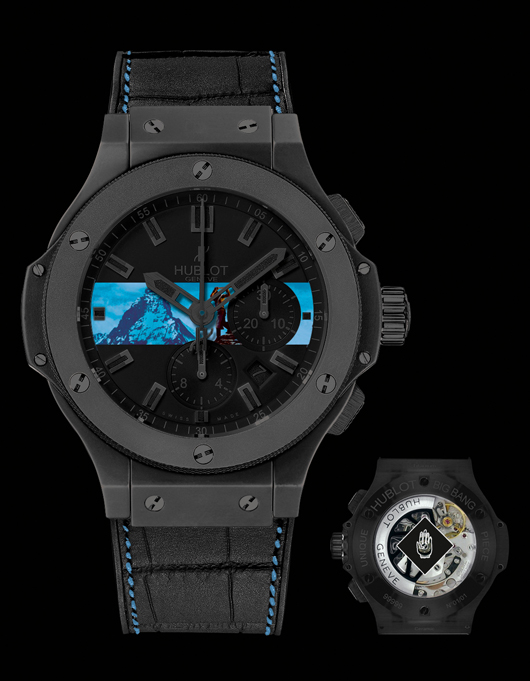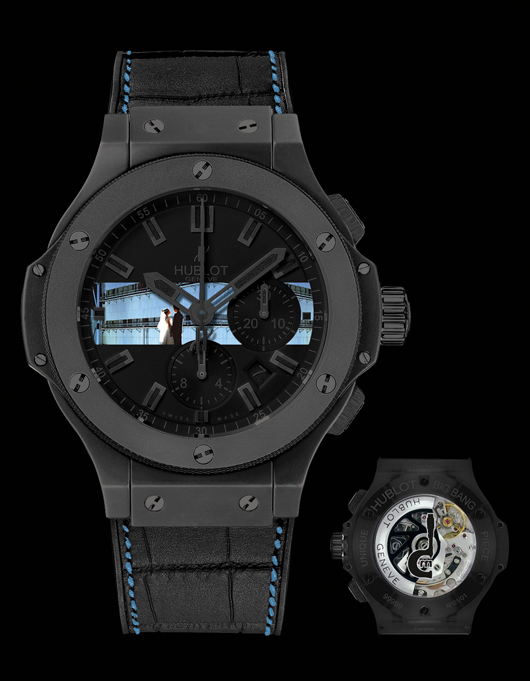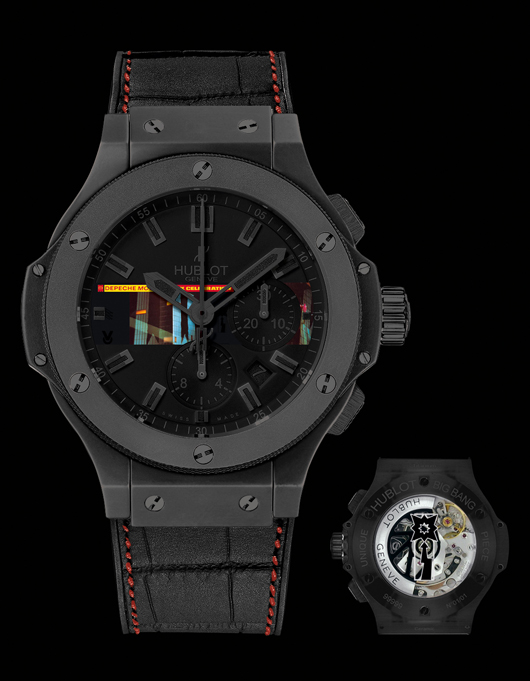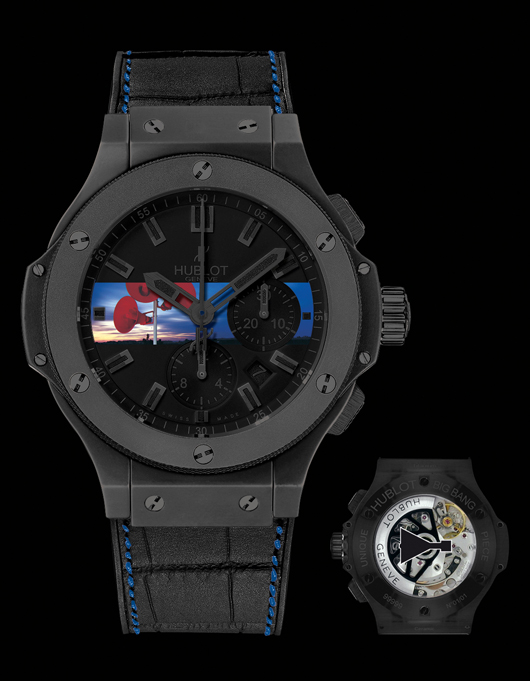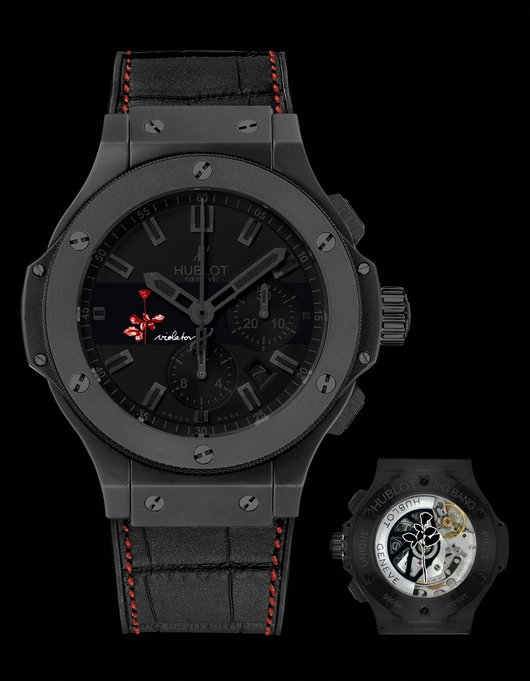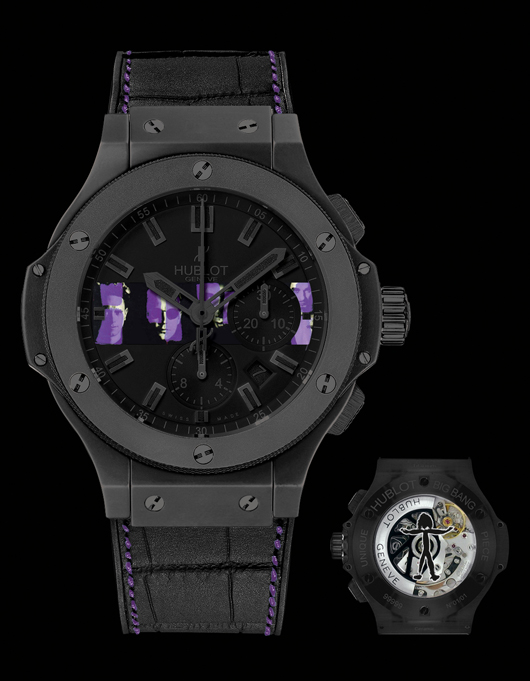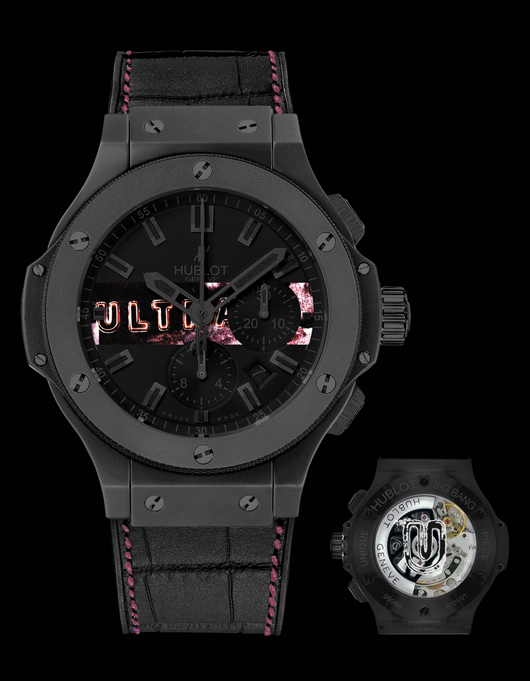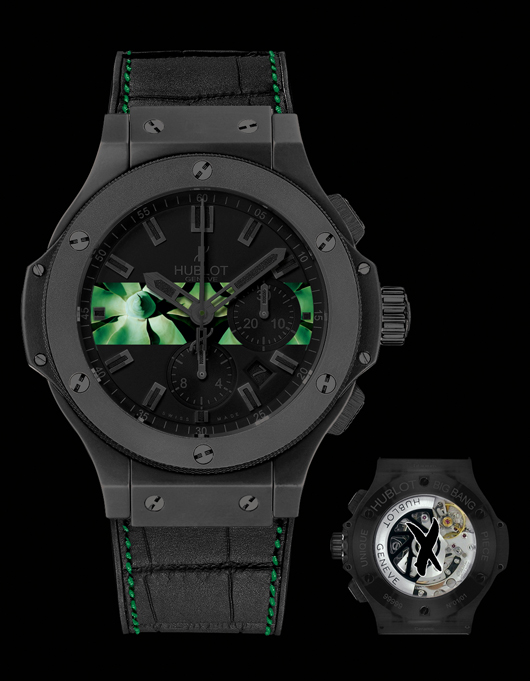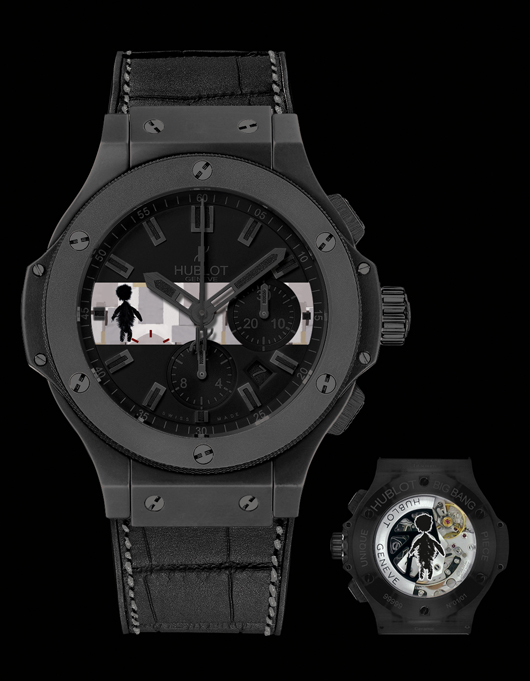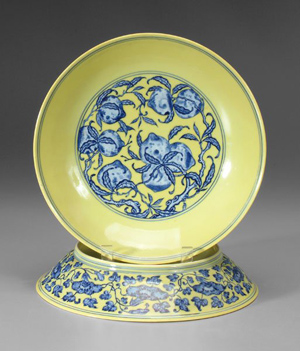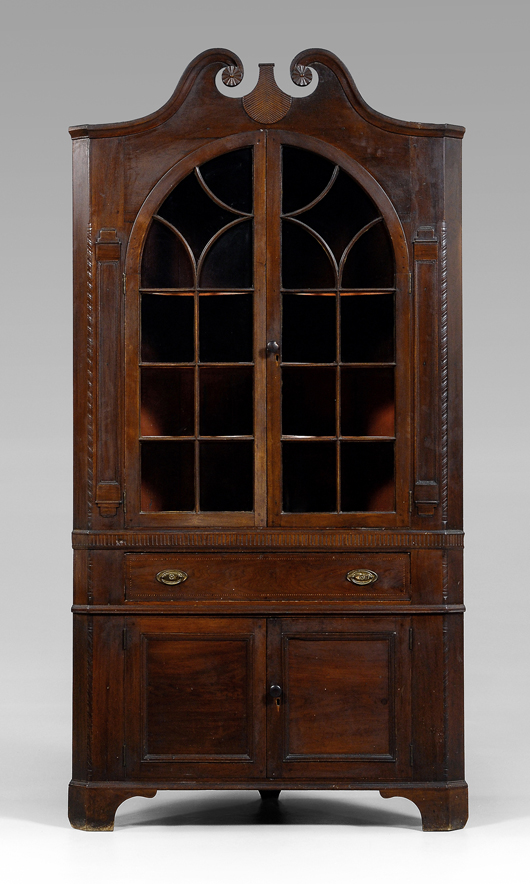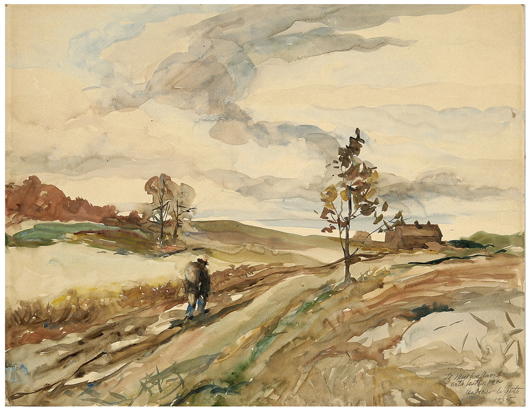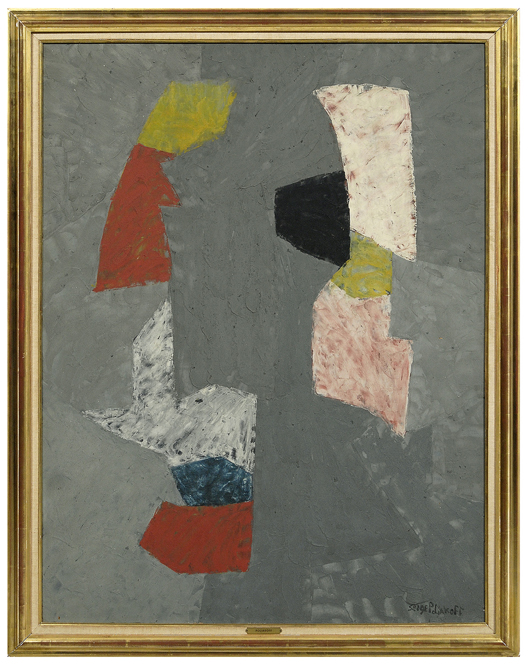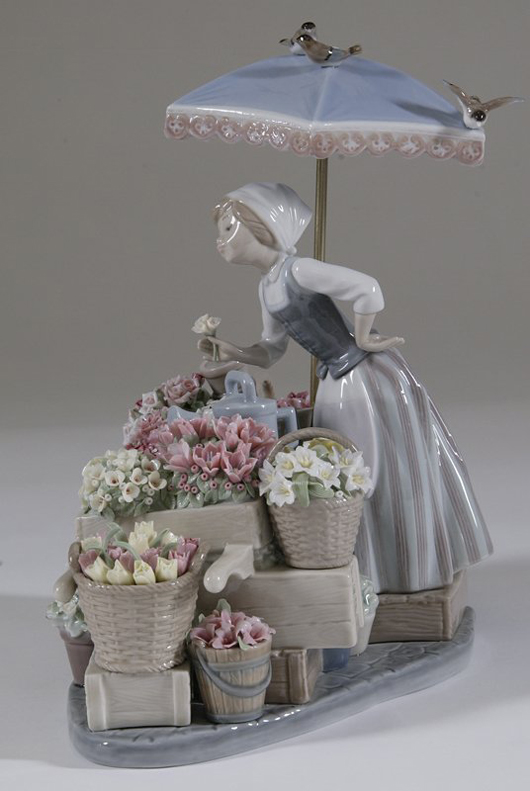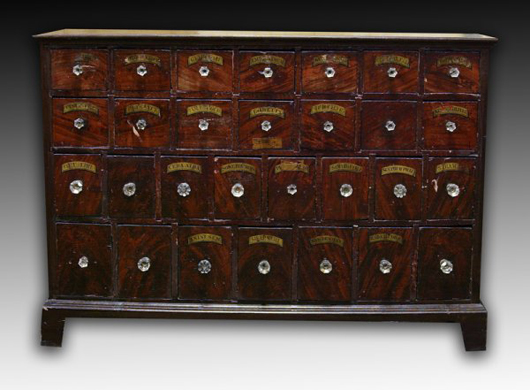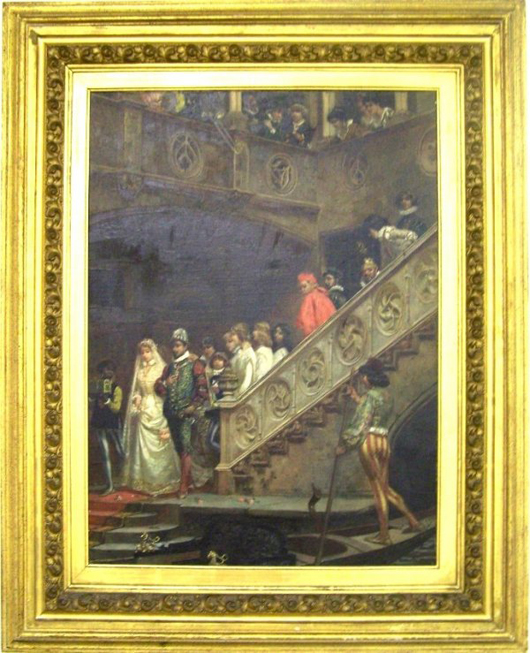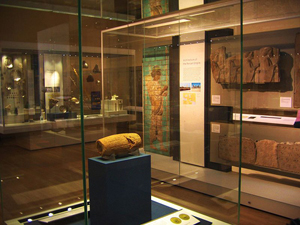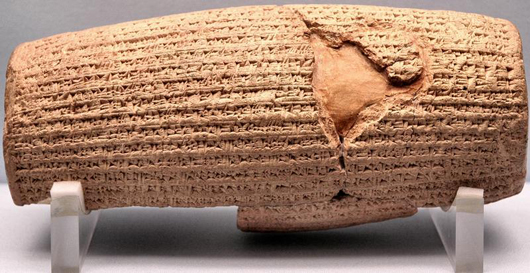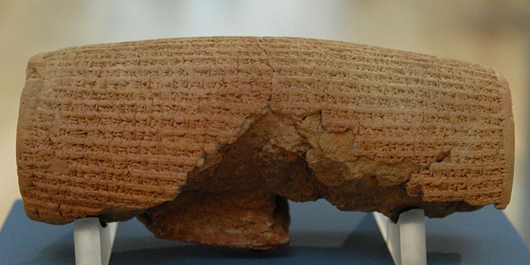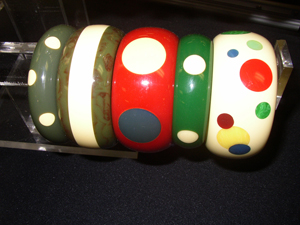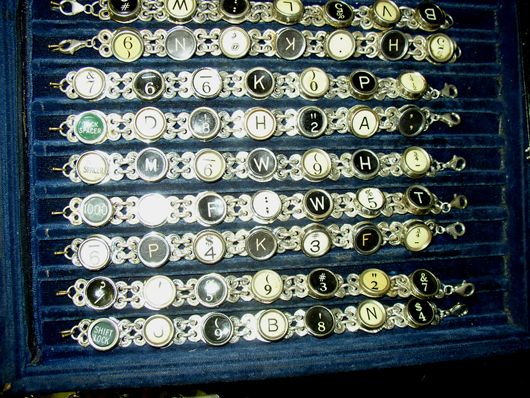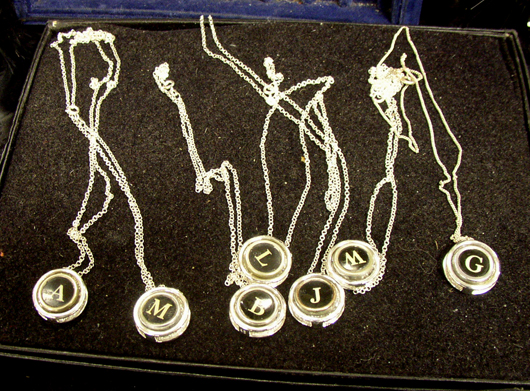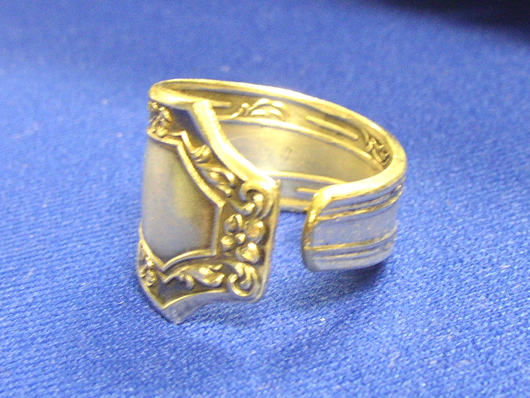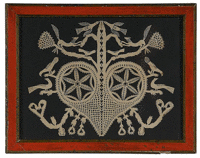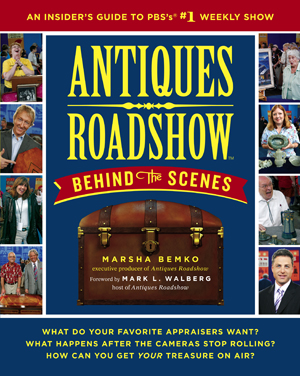
NEW YORK (ACNI) – Ever wondered what goes on at an Antiques Roadshow shoot after the cameras stop rolling? Marsha Bemko, executive producer of PBS Television’s No. 1 weekly show, could tell you all about it – and she does, in the newly published soft-cover book titled Antiques Roadshow Behind the Scenes.
Because you’ve taken the time to read this review, it’s safe to say you like antiques. In that case, you’ll find Bemko’s book to be an addictive read. It’s unlike any other antiques-related book you’ll ever come across, if for no other reason because of the author’s privileged and unique perspective. It’s not a price guide, nor is it a long, dreary narrative about things Mom threw out when the writer went off to college. Each chapter is an insider’s view of America’s favorite collector show, peppered with entertaining sidebars and short bursts of colorful commentary. It’s as much about people as it is things.
Marsha relates with obvious relish those tales of the unexpected that occur on the Antiques Roadshow trail – not just the rare and bizarre objects that are depicted and back-storied so skillfully in this book, but also the events, like the time the owner of a lakefront mansion in Hot Springs, Arkansas invited the entire staff, crew and appraisers to her lavish home. “They really rolled out the red carpet. There were fireworks, boat rides, Jet Skis and a private chef,” Bemko quotes associate producer Jill Giles.
And what about those end-of-season wrap parties? Oh, those madcap Roadshow experts – as Season 6 drew to a close in the summer of 2001, some of the appraisers decided to produce a skit that roasted various staff members, including Bemko. One of the show’s most popular appraisers, Noel Barrett (of Noel Barrett Antiques & Auctions in Carversville, Pa.), let down his long, usually pony-tailed hair and donned a beige miniskirt similar to those Bemko was known to wear at the time and spoofed the Roadshow boss. “What unfolded was very funny, but I was so embarrassed I couldn’t watch,” Bemko recalls in the book. The skit went on to include a representation of the actual Holy Grail brought in for appraisal at a mock Roadshow event. The object was dismissed after failing to meet “Bemko’s” stringent standards for on-air presentation.
Bemko delivers the goods with this fresh and insightful memoir that intuitively answers the questions we all wonder about – how do the producers pick the Roadshow cities? What are the most valuable items discovered on Roadshow, and where are they now? What types of items are most likely to be selected for on-air appraisal, and how can I maximize my chances of being chosen?
Bemko’s wit shines through in this book, as does her honesty. A case in point would be her unvarnished explanation of one of very few dark moments in the revered television show’s history – the infamous “watermelon” sword incident. Bemko pulls no punches in her recollection of the episode in which a person identifying himself as “Steve” turned up at a Seattle appraisal in 1997 with a Confederate Civil-War-era sword he claimed to have found in the family attic. He stated that, as a child, he had used the sword to cut a watermelon. Then-Roadshow appraiser George Juno valued the sword at $35,000, to “Steve’s” overwhelming surprise and delight. But it turned out that the whole thing had been a hoax. The watermelon story was an unethical, entirely staged fabrication – but that was a minor concern compared to what would follow. According to the FBI, and as recounted in the book, descendants of Major Samuel J. Wilson, a Union officer in the Civil War, contacted the American Ordnance Preservation Association after viewing the appraisal and realizing the sword was the very one used by their ancestor. Juno and another dealer, Russ Pritchard III (who subsequently went to prison for a string of charges related to deceptive appraisal and resale practices) had previously appraised the sword for them, assessing a value of $8,000 and persuading them to sell the valuable heirloom to them. There is much more to that story, but the bottom line is that Bemko could have glossed this one over or left it out entirely, but she didn’t. She even admits, “The watermelon sword and other incidents really just started out as allegations, and our first instincts were to defend our guys.”
This single quote gets to the heart of what Antiques Roadshow really is, beyond its status as a seven-time Emmy© Award-nominated TV show. It’s a family, and one that intrigues us and makes us proud to be part of the antiques and fine art world.
Antiques Roadshow Behind the Scenes, full color, 182 pages, is a Touchstone Press book published by Simon and Schuster, and retails at $16.99. Purchase it through amazon.com by clicking here.
Copyright 2010 Auction Central News International. All rights reserved. This material may not be published, broadcast, rewritten, or redistributed.
# # #


